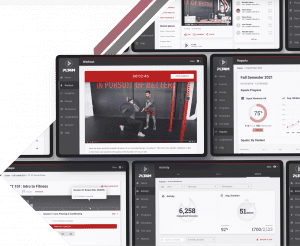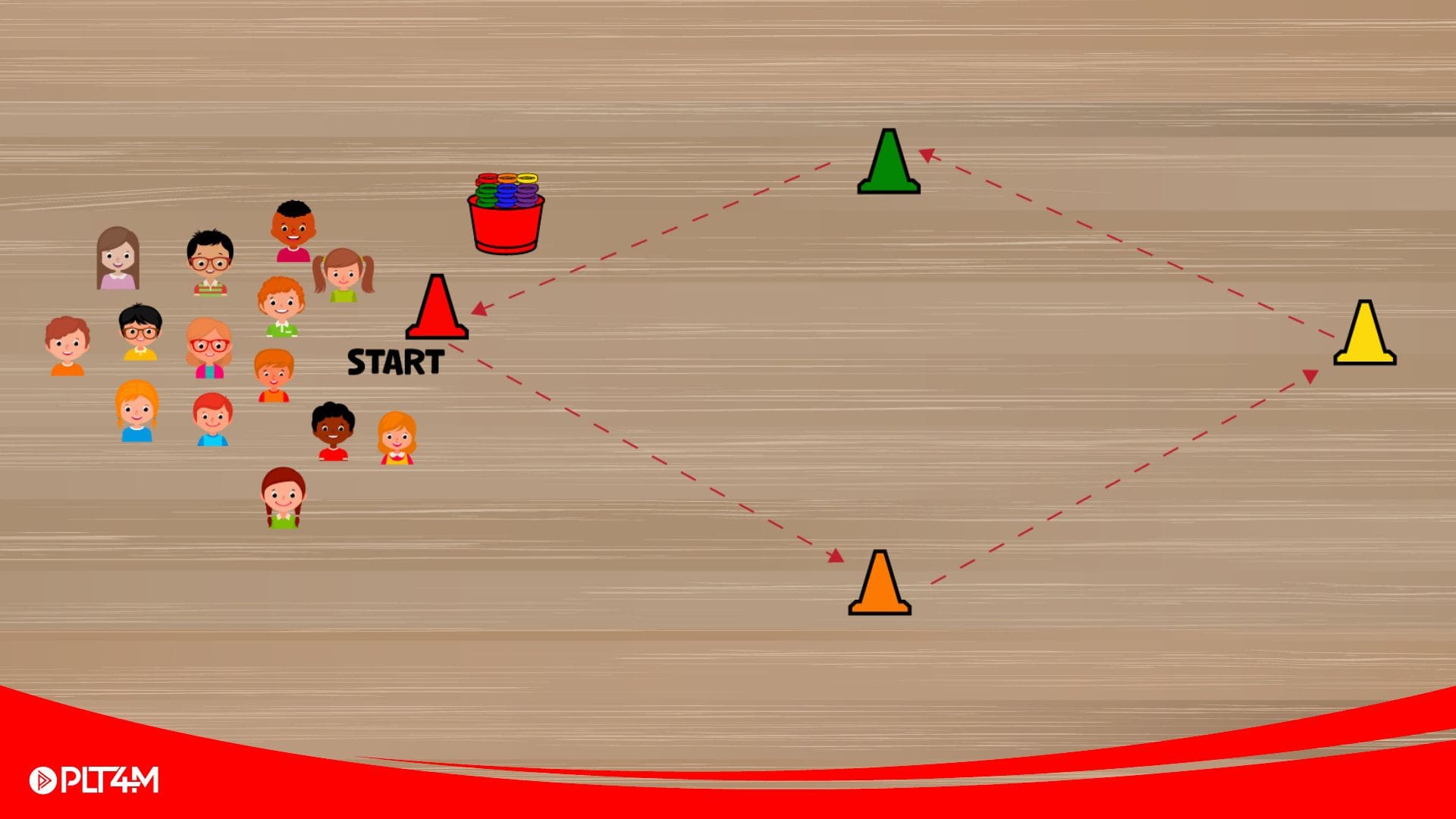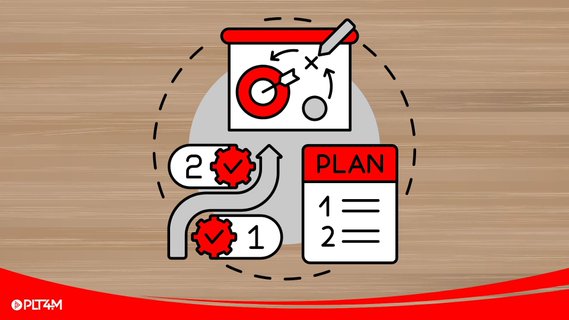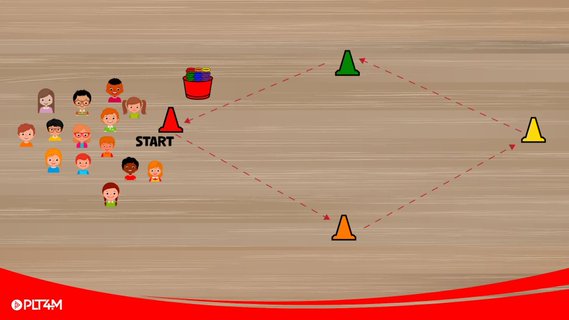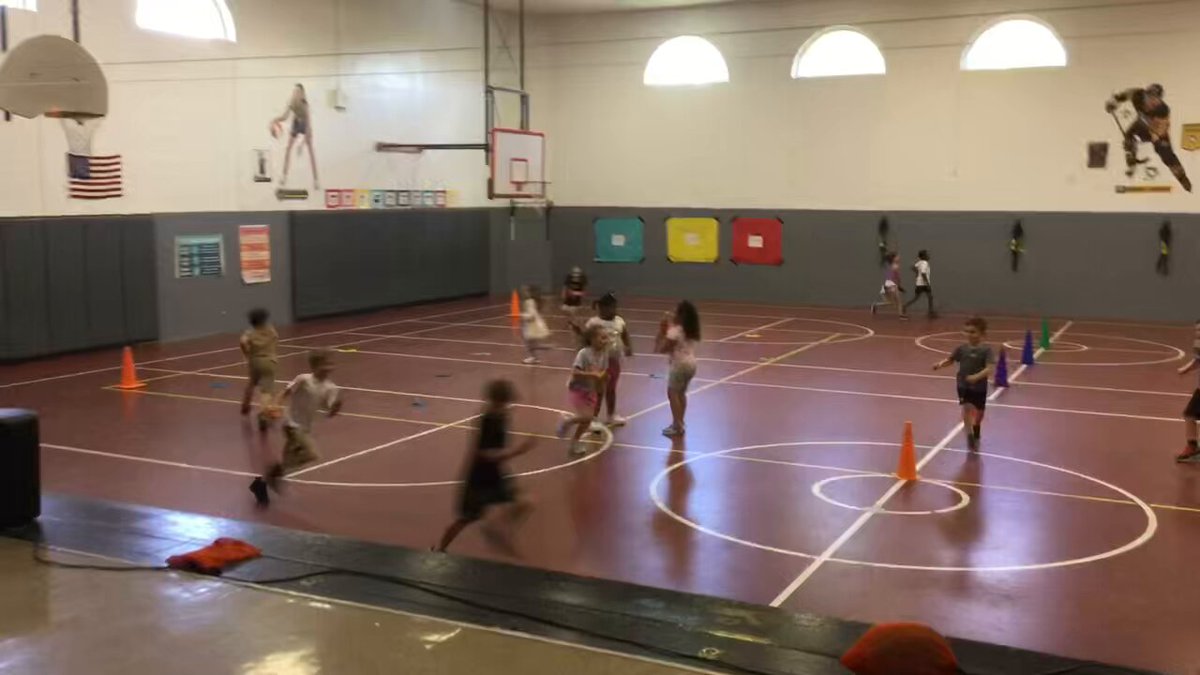Filling up an entire semester of middle school physical education units can be challenging. But there are plenty of fun and engaging middle school physical education units to choose from. Let’s explore.
The Need For Variety With Middle School Physical Units
Middle school physical education is unique! Roxeanne Bush, a middle school PE teacher in Illinois, describes the need for variety and choice,
“Students at this level crave choice and different options. As teachers, we need to help foster that with various activities, units, and opportunities throughout the year. And on top of that, we are tasked with teaching certain components of health and wellness.”
And although middle school students want a wide variety of options, it doesn’t mean we have to sacrifice introducing and developing critical physical fitness concepts. Instead, the most important thing is taking middle school physical education lesson plans and structuring them into units that keep students’ interest and attention.
Two Examples of Structuring Middle School Physical Education Units
Every middle school physical education program will structure its units differently. However, there are two popular options that middle school physical education teachers will usually tap into.
Option 1: Short-Specific Units
With this option, physical education teachers will map out 2-3 weeks of curriculum for a specific instructional unit. This focused approach allows middle school students to get immersed into the unit and know exactly what to expect in physical education class. For example, students will participate in an ultimate frisbee unit for 2 weeks and the will move to something completely different, like a yoga or personal fitness unit. In this example, students who like the specific unit can enjoy it for a few weeks. However, those who don’t like it, know that they will get to move on to something new soon.
Option 2: Longer, More Variety Units
With this option, physical education teachers will map out more extended units with variety within the curriculum. This approach allows middle school students to try out different activities throughout a week or month. For example, middle school students who attend daily physical education class will have 3 days of fitness, 1 day of health, and 1 day of games that focuses on racket skills. In this example, students will get one or multiple activities they enjoy pop up in a given week.
Variety and choice can happen in different ways!
Because both options still guarantee some level of variety and choice, middle school students have a better chance of finding something they like in physical education classes. The most important concept, regardless of your structure, is supporting students to discover different activities within the physical education curriculum that they enjoy.
Ready to Learn More?
Schedule a free 10 minute consultation to see how PLT4M can help save you time and empower student learning!
Middle School Physical Education Units
Let’s now take a closer look at some of the content and physical education curriculum that can be incorporated into your middle school physical education units. Below are 5 different examples that could be used as stand-alone units or mixed and matched within a larger middle school physical education program.
1) Foundational Fitness
Foundational fitness is a must-have middle school physical education unit.
An introduction to all things movement and fitness! This unit aims to provide every student with a foundation upon which they can develop their personal fitness or performance training.
We seek to cement proper mechanics through all of the fundamental human movements, begin to develop relative strength & mobility, while also introducing the concept of capacity.
Each lesson begins with a guided warm up, followed by movement education and technique work. Then, a workout is prescribed and explained in detail that reinforces the major education points of the day, while introducing elements of capacity and intensity.
Below is an example of an instructional video that could be utilized in a foundational fitness instructional unit. Here, Jackie breaks down the points of performance of the lunge, one of the foundational human movements.
2) Yoga
Yoga is becoming one of the most popular middle school physical education units!
In this unit, we seek to develop a strong foundation in the basic areas of yoga that include standing, twisting, balancing, hips, spine, and core poses. This unit seeks to onboard students of all backgrounds to yoga for the first time with in-depth movement introductions and practice. The big focus of our yoga unit is education without the intimidation that yoga can sometimes bring! The unit culminates in student’s first experiences with long-form standard yoga flows and routines.
Each yoga session begins with a guided warm up, followed by movement and pose education, scaling modifications, and detailed technique work. Then, student’s finish each lesson with guided flows that reinforce the major education points of the day.
Below is an example of an instructional video that is utilized in a yoga unit. Here, Lulu introduces the Warrior 2 pose and different variations and modifications.
3) Boxing
Wait, boxing is a middle school physical education unit? It can be! Boxing has become an increasingly popular instructional unit because of the movement skills and physical fitness concepts it introduces.
This unit can bring an introduction to the fundamentals of boxing with a fitness twist. This unit aims to introduce students to key boxing concepts like footwork, offense, and defense. In addition, students will build their general fitness skills with bodyweight exercises and different circuit style training.
These high-intensity workouts will bridge boxing skills and fitness fundamentals that are sure to be an excellent workout for any student.
Below is an example of a full 30 minute boxing lesson plan. Here, Sean introduces footwork and offensive movement skills and different bodyweight circuits.
4) Dance
Let’s turn up the music and have some fun! This unit aims to provide every student an engaging and welcoming introduction to the basics of dance fitness. We seek to introduce this form of cardio and dance fitness through a fully-developed lesson plan that allows students to learn new dance moves while getting their heart rates up and smiling!
Each lesson begins with a guided warm-up to prepare students for an entire dance fitness routine. The main focus of each lesson is the choreography and cardio effort, where students learn the moves for the day and then string them all together through a full routine. Finally, students will wrap up with a cool-down stretch that allows them to target the muscles they just worked on and bring their heart rates down. The entire 30 minutes includes music and follow-along instruction.
Below is an example lesson plan. Here, Alexa and Hunter go through a full dance fitness routine that middle school students can follow along to.
5) Pickleball
Many physical education programs look to incorporate racket skills into their instructional units. And while tennis and badminton have long been the most popular and accessible racket sports, this new variety has become one of the most popular instructional units for middle school students. Especially when looking for cooperative activities, teachers love the team building and group dynamics that pickleball brings.
Better yet, with the right equipment and space, this unit can be run inside or outside. Key skills can be developed that will then lead to fun game play.
Check out this example from “5 Small-Sided Pickleball Games for Skill Development” from Gopher. Here, is one of the videos shared in the article.
Key Takeaways On Middle School Physical Education Units
After elementary school, students lack of physical activity is at an elevated risk. No more recess and less of a games-focused pe class can mean many students lose out on much-needed physical activity. Physical education classes can be one of the only opportunities for middle students to participate in regular physical activity. A middle school student’s experience in physical education can make or break their perception of physical activity.
To set students on the right course leading into high school, middle school physical education units should contain various lesson plans and topics. In doing so, middle school students will have a better relationship with physical wellness and what it takes to stay physically active.
We all have the common goal of supporting students’ health and wellness journey. If you want to explore how your middle school physical education program can incorporate many of the units featured in this article throughout the school year, reach out to PLT4M today for a free consultation!
Ready to Learn More?
Schedule a free 10 minute consultation to see how PLT4M can help save you time and empower student learning!

